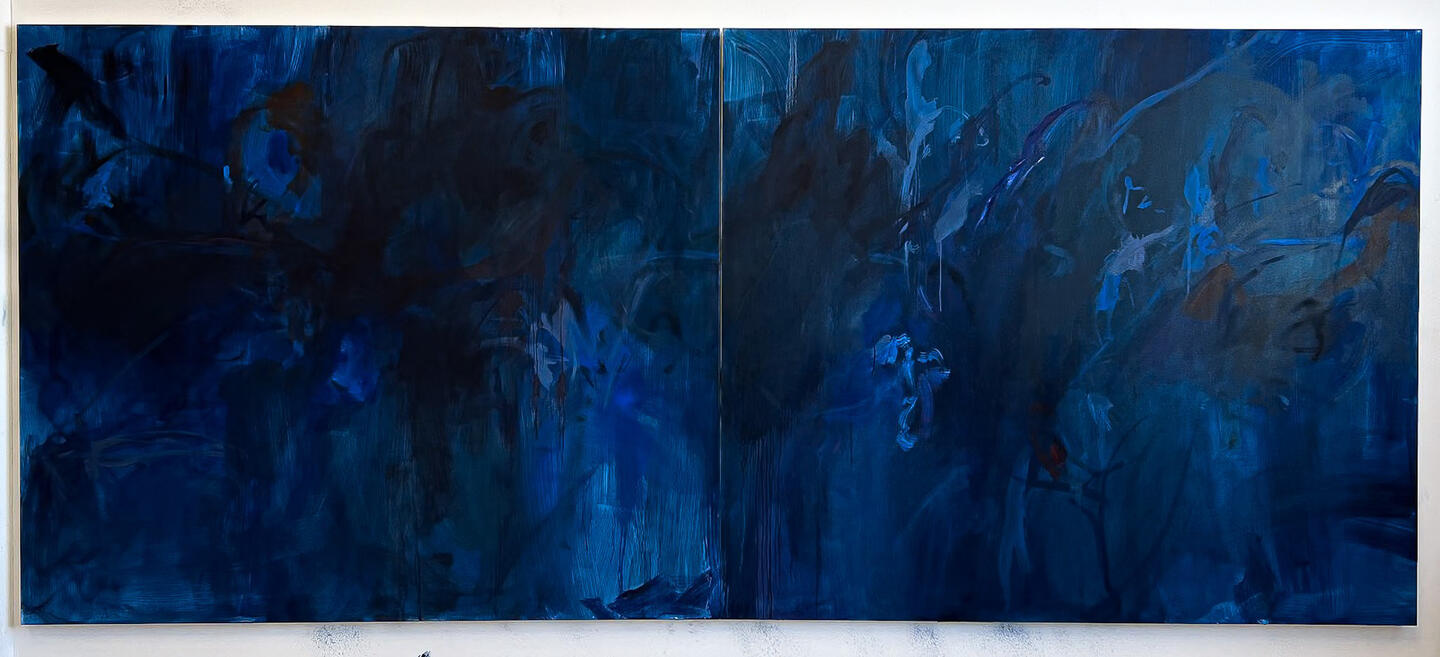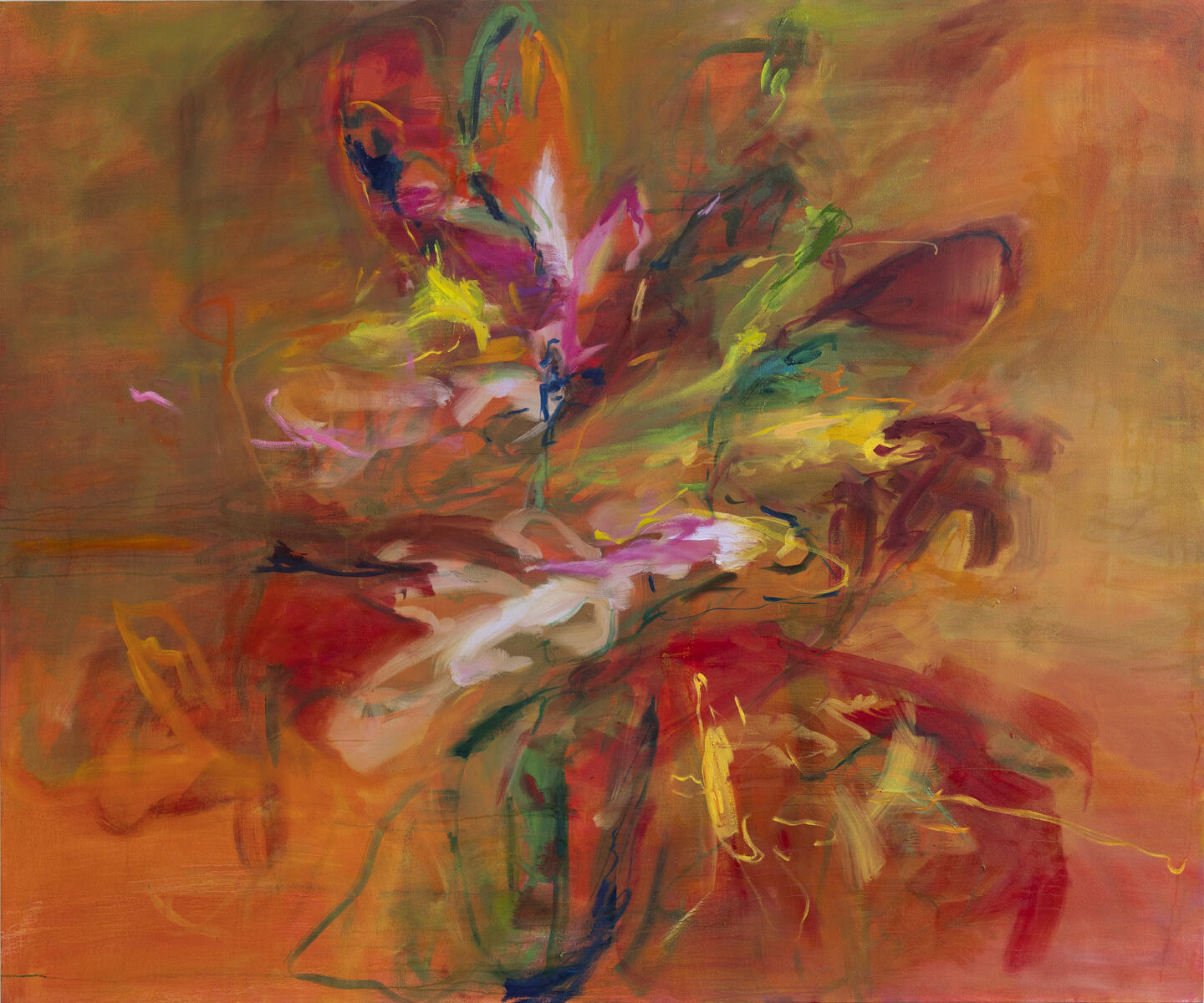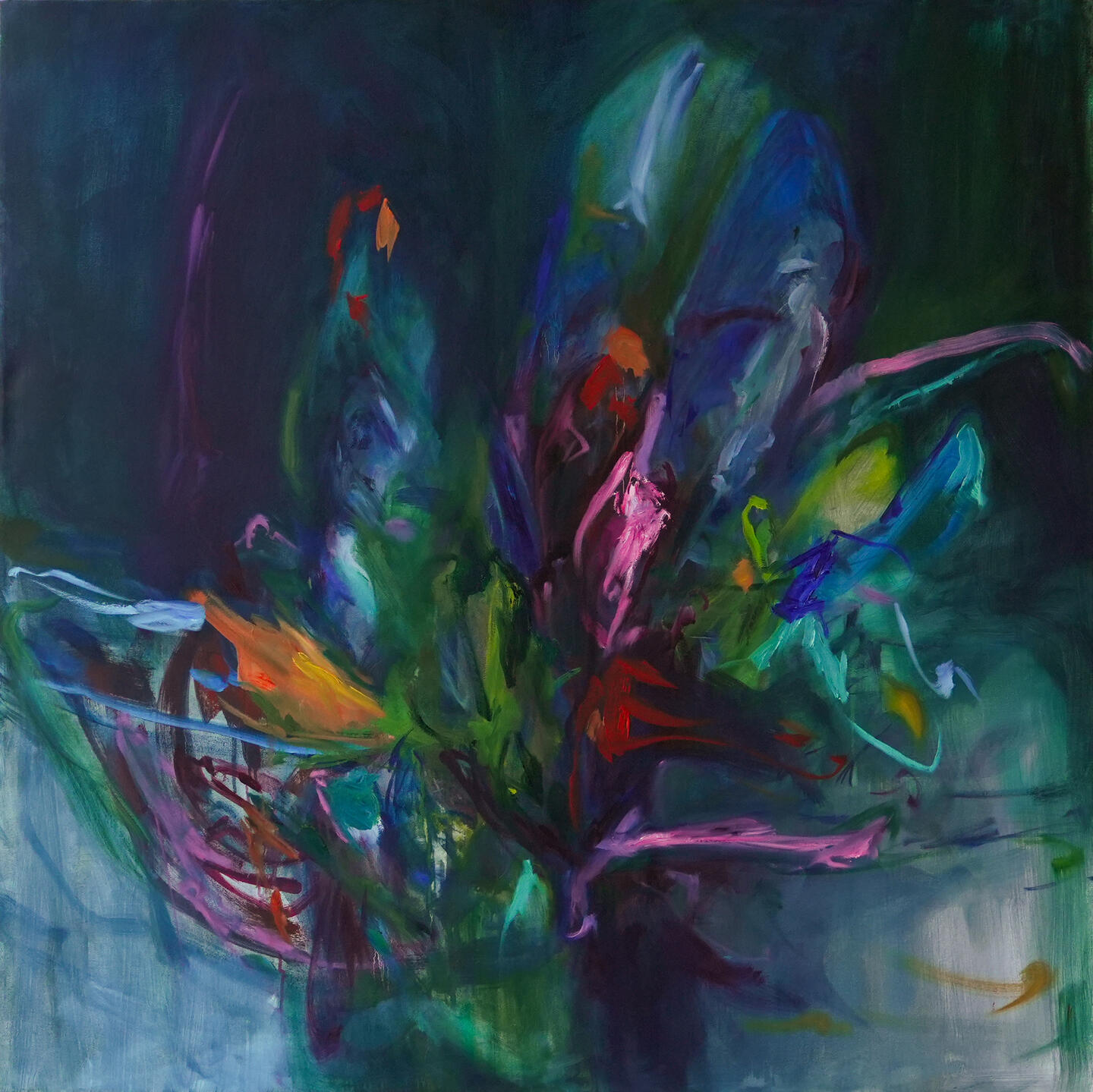Miles Davis' iconic album Kind of Blue didn't get a lot of critical attention when it hit airwaves in 1959. But by 1969, jazz critic Martin Williams, operating with the advantage of hindsight, described the album as an emblem of a cultural shift on the horizon, a sort of foreshadowing that times would soon change—albeit not soon enough.
In the days after Columbia Records released Kind of Blue, now the best-selling jazz compilation in history, Davis stepped out for a cigarette, on break during a two-set performance at the Birdland jazz club in New York City. There, beneath a marquee bearing his name, a police officer told Davis to stop idling, to move on. When Davis pointed to the marquee and explained his role, another officer appeared out of nowhere and hit the star trumpeter with his baton. Handcuffed, bloodied, and booked for "assaulting a policeman," Davis understood the reason: "Because I was Black," he later told a reporter.
The incident left Davis embittered and angry, though it certainly wasn't the first time he had encountered racism, the musician later wrote in his autobiography, Miles (1989). And it wouldn't be the last. To cope, Davis says he doubled down on making and playing music, following a long line of artists who have channeled the emotional toll of hardship and discrimination into their creative pursuits.
The idea that art can be cathartic, can help people come together and cope, simmers beneath a new solo art exhibition, Ceremony, by award-winning painter Lindsay Adams. The exhibition, which features a large oil painting named after Davis' seminal album, opens Oct. 29 at the Irene and Richard Frary Gallery at the Johns Hopkins University Bloomberg Center in Washington, D.C. There, visitors can see firsthand the gestural brushstrokes and abstract landscapes of an artist of growing international acclaim, whose work explores the histories of Black movement, migration, and world-building—and mines the spaces (both real and imagined, personal and historical) of self-determination and agency in Black communities.
Also on view are rare archival materials by Billie Holiday, Josephine Baker, and other Black artists from the collections of Johns Hopkins Sheridan Libraries, helping to round out and complement the historical context in which Adams works.
The show's focal point is Kind of Blue (1959), a massive diptych that measures 14 feet wide and 6 feet tall. This isn't the first time Adams has named her art after the creative output of someone who inspires her—she's working now, for instance, on a piece for the new Obama Presidential Center in Chicago, titled Weary Blues after the famous Langston Hughes poem, Adams says. Written in 1925 about a piano player in Harlem who sings the blues, the poem, critics suggest, depicts the dogged exhaustion and loneliness of life in a segregated society, and the ability to channel those difficulties into a moving, soulful art form.

Image caption:Kind of Blue (1959), 2024, 72 x 168 x 1 3/4 in, Oil on canvas
Image credit: Courtesy of Lindsay Adams
In her painting Kind of Blue (1959), a rich range of blue tones stretches across two canvases, as though offering a meditation on a complex color known to instill calm and symbolize everything from wisdom and loyalty to sadness and despair. The painting captures the moody melodies played by Davis and his bandmates on Kind of Blue, which ushered in what critics describe as a slower-paced, more emotion-evoking form of the music that opened doors to creative expression and improvisation.
"By approaching the canvas as a site, I scrape, add, and excavate layers of paint to imagine places for myself and those like me," Adams explains. "Through abstraction, I create spaces of belonging untethered from geography, rooted instead to an ephemeral core—spaces where imagination becomes our most concrete tool for progress." In this sense, Adams continues, "Ceremony not only reflects histories of Black liberation; it also inspires the creation of new ones."
Adams, in her art practice, uses history—of Black experiences, of Black music, literature, and visual art—as a source of inspiration, tapping into her background in the social sciences, she says. In college, she triple-majored in world politics, international studies, and Spanish at the University of Richmond, before earning an MFA at the Art Institute of Chicago. Her work is a testament to the ability of one art form to inspire another. And it pays homage to the lineage of Black visual artists—from Aaron Douglas and Romare Bearden to Stuart Davis, Jean-Michel Basquiat, and Faith Ringgold—who use jazz and Black experiences as sources of inspiration.

Image caption:Solar Searching, 2025, 60 x 72 in, Oil on canvas
Image credit: Courtesy of Lindsay Adams
But don't expect to see only visual art at the exhibition. Adams, a native of Washington, D.C., creates sensory experiences for viewers that stir thoughts, memories, and emotions. In Ceremony, visitors can peruse 14 paintings and five works on paper by Adams, displayed alongside roughly 20 never-been-seen archival objects and ephemera from the collections of Johns Hopkins Sheridan Libraries. These archival pieces, Ceremony curator Claudia M. Watts says, offer insight on the people and histories inspiring Adams' work. They consist of rare books and personal correspondence from notorieties like Billie Holiday, Langston Hughes, Josephine Baker, and Hazel Scott, and from unknown individuals engaged in both creative pursuits and the plight for freedom and equality.
Fittingly, Ceremony includes a soundscape curated by Sean Jones, chair of jazz studies at Johns Hopkins' Peabody Institute—and an accomplished trumpeter who picked up the instrument at age 10, after hearing Miles Davis. The playlist will be available for download in the gallery through the free Bloomberg Connects app.
Excerpts from Adams' personal notebook are also on view, plus opportunities for visitors to share their own thoughts and feelings on postcards—and thus "join the ceremony," Watts says. For the independent curator who works as a researcher at the National Gallery of Art in the nation's capital, these added elements enable the exhibition to "unite physical fragments of the Black experience with [the artist's] conceptual meditations on that same history, creating an impermanent space for togetherness, reflection, and imagination."

Image caption:Lotus Blossom (1968), 2025, 48 x 48 in, Oil on canvas
Image credit: Courtesy of Lindsay Adams
For the Frary Gallery, which is free and open to the public, Ceremony is the art space's first exhibition by a single artist. The state-of-the-art gallery opened in 2024, thanks to the generosity of Irene and Richard Frary.
"Exhibiting the work of Lindsay Adams, an artist raised in the Washington, D.C., area, illustrates the gallery's ability to function as a space where the cultural and historic threads of the neighborhood are both celebrated and reimagined," says Caitlin Berry, the Frary gallery's inaugural director. "Through Lindsay's evocative abstractions, in dialogue with rare archival material from JHU's Sheridan Libraries, the exhibition underscores how art can honor history while also becoming—and nurturing—spaces of belonging."
The exhibition will run through March 7. Visit the gallery website






